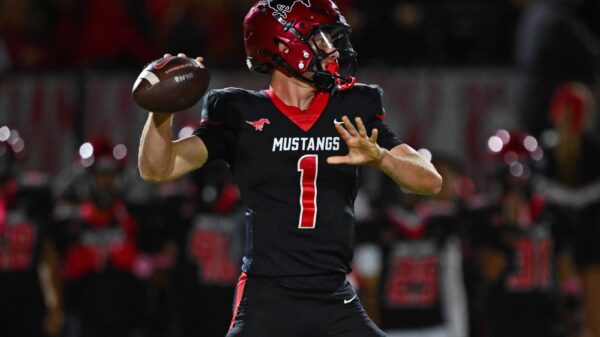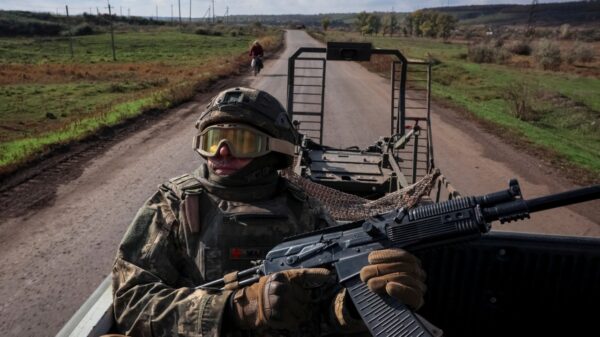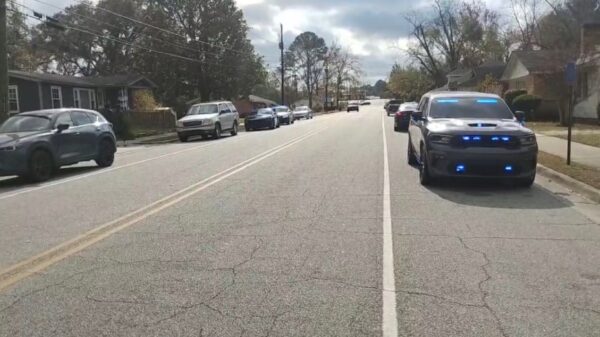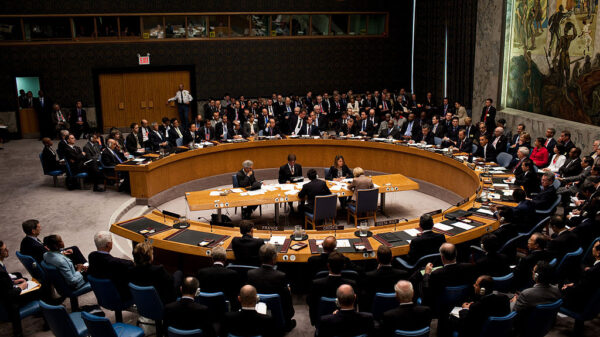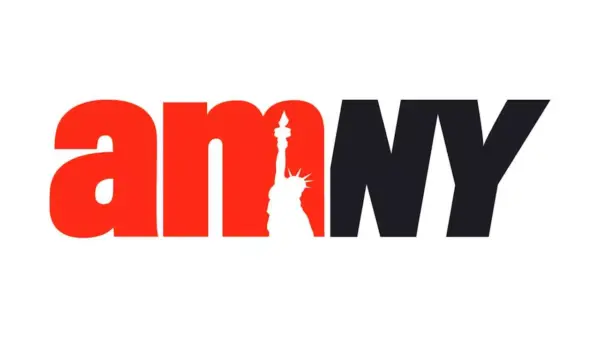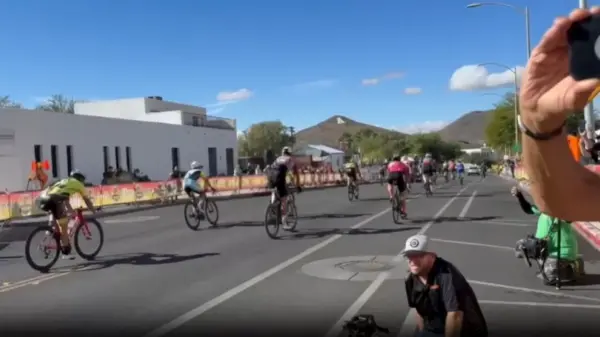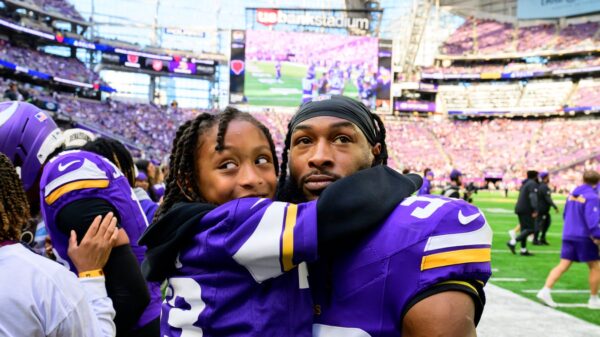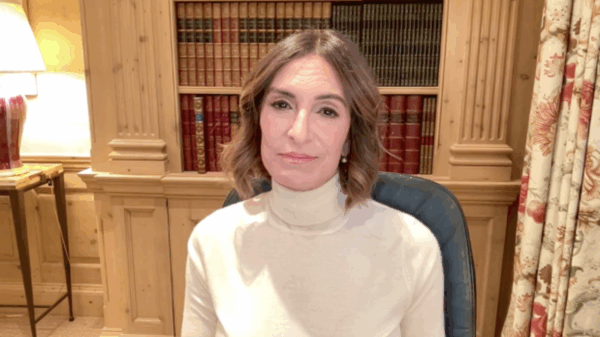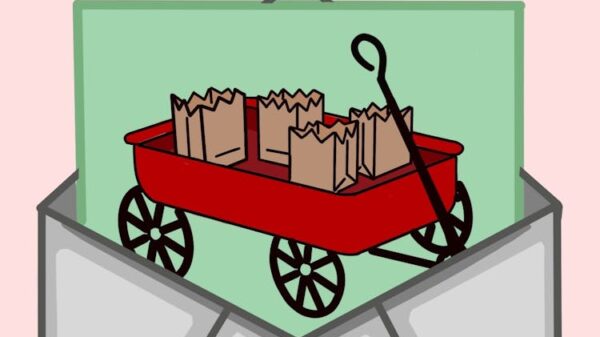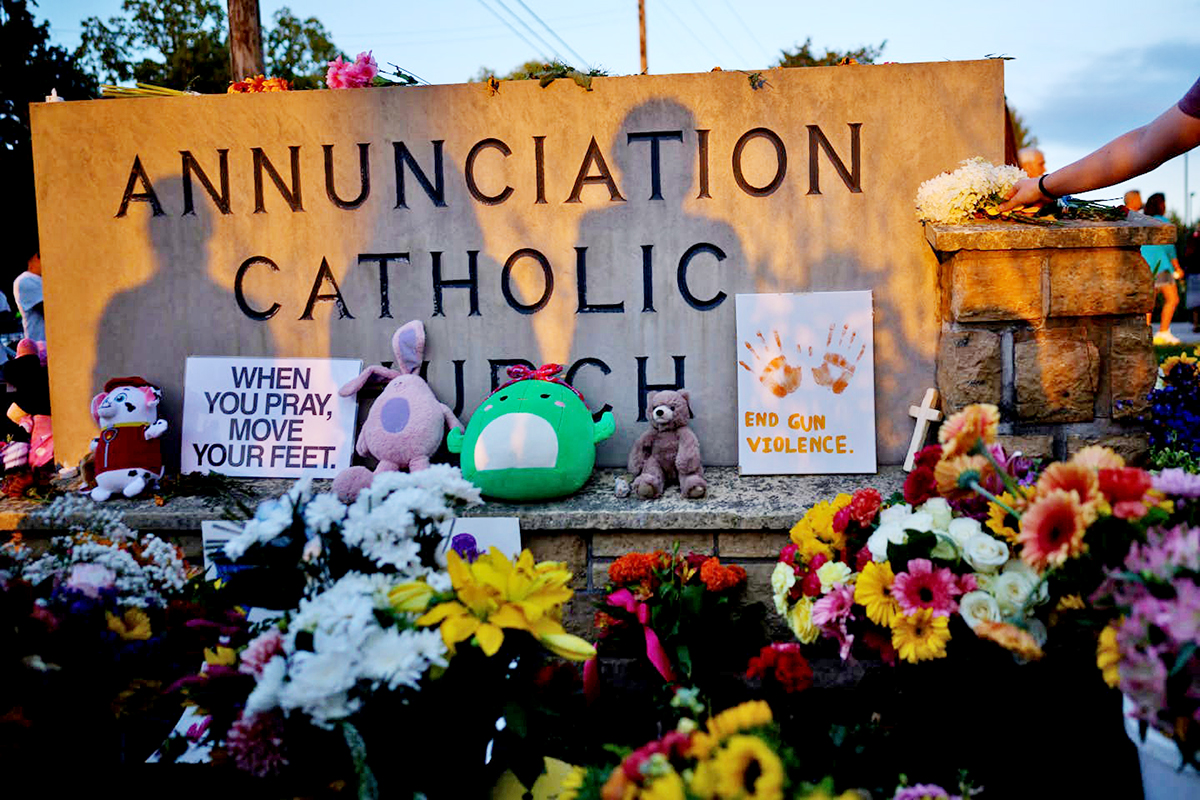A young mother in Minneapolis found herself in a desperate race against time when gunfire erupted near Annunciation Catholic School on March 27, 2024. Laura DuSchane had just dropped off her three-year-old son, Rory, for preschool when she heard the unmistakable sound of gunshots. In a matter of moments, an ordinary morning turned into a scene of chaos and terror.
Back at home, DuSchane, who is eight months pregnant, was settling down when the rapid, unrelenting bursts of gunfire tore through the quiet neighborhood. The chilling sounds lasted for nearly five minutes, prompting her to leap into action. “I flung open the back door and scrambled onto a table in the yard, straining for a glimpse over the fences,” she recalled in an interview with the Minnesota Star Tribune.
Neighbors stood frozen, their expressions filled with dread. In a moment of instinct, DuSchane sprinted toward the school, despite two men urging her to turn back, unsure if the shooter had been contained. “I said, ‘I’m running up there. I have to go find my kid,’” she insisted, driven by a mother’s love.
As she rushed to the scene, she attempted to call 911, but her calls failed to connect. Instead, she reached her husband, Patrick, informing him of the unfolding tragedy. “There’s a school shooting at Annunciation,” she told him, her voice likely filled with panic.
The incident resulted in a devastating toll: two children, Fletcher Merkel, age 8, and Harper Moyski, age 10, were killed, while 17 others, including children aged 6 to 15 and three elderly parishioners, were injured but are expected to survive. The horror unfolded as DuSchane rushed past traumatic scenes, witnessing children fleeing the church and neighbors assisting those who were hurt.
Unaware that the shooter was firing from outside the church, DuSchane pressed on, her heart racing. Children screamed, and she soon spotted another parent. Together, they headed toward the entrance, where she held the door for a teacher carrying a first-aid kit, before entering the school.
Inside Rory’s classroom, chaos was temporarily replaced by a quiet game. “There’s an active shooter, and we need to barricade this room,” DuSchane informed Rory’s teacher, Hannah Rausch, who had only recently begun her role. Rausch swiftly organized the children, and to DuSchane’s relief, the class complied, remaining calm.
Minutes later, news spread that the shooter had died from a self-inflicted gunshot wound behind the church. Outside, makeshift signs labeled “FAMILY” directed frantic parents to the church basement, which had become a reunification site. DuSchane guided Rory’s classmates downstairs, holding hands with another child until their parents arrived.
As parents streamed toward the school, emotions ran high. Some sprinted, while others staggered, tears streaming down their faces as they sought reassurance about their children’s safety. DuSchane’s husband was among the worried parents, and as DuSchane walked away from the scene after being reunited with Rory, she watched fellow parents approach, feeling the weight of their anxiety.
“I only had to feel that feeling for about 15 minutes, and that was the worst 15 minutes of my entire life,” she shared. Rory, still processing the event, does not fully understand the gravity of what happened. “My child does not know what a shooter is,” DuSchane said. “The narrative we talked about yesterday was that there was a monster at the school. There was a monster at the school, and the police took the monster away.”
This harrowing experience highlights the profound impact of gun violence on families and communities. As the community begins to heal, the stories of those affected will serve as poignant reminders of the need for ongoing discussions about safety and security in schools.





